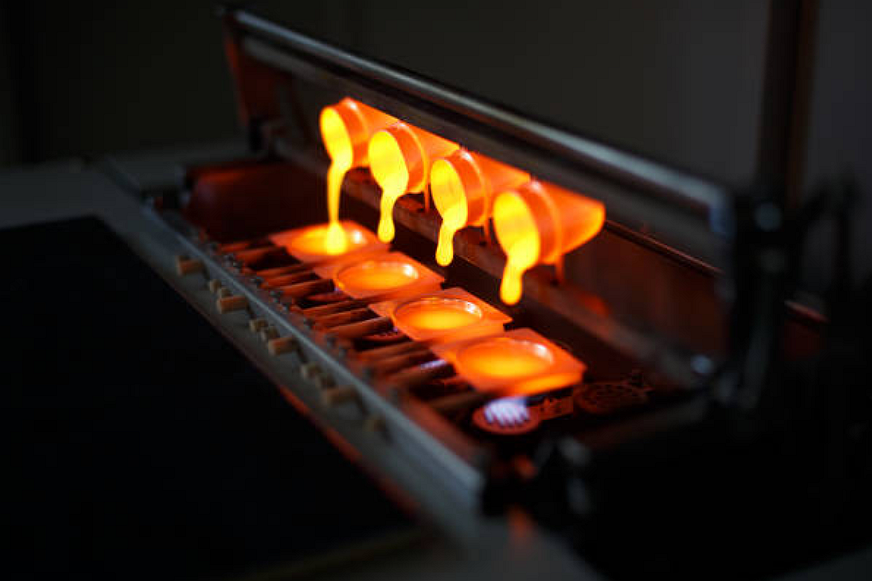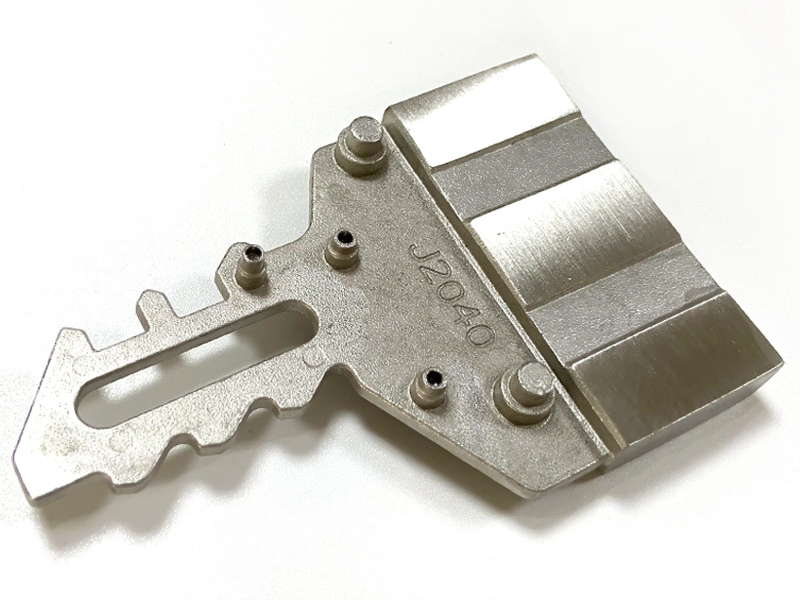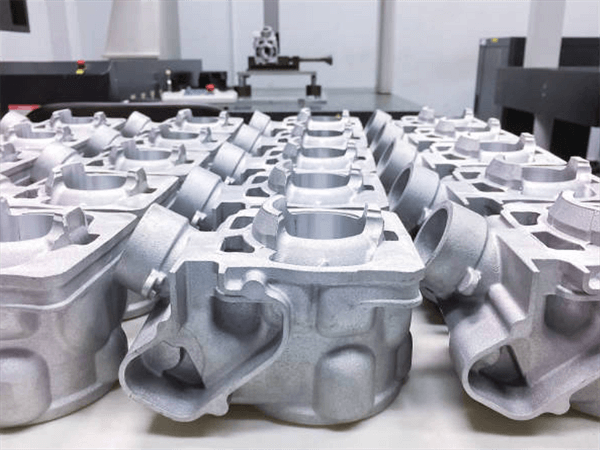How do Zamak tolerances compare with aluminum or magnesium castings?
Dimensional Precision and Mold Fidelity
Zamak alloys offer some of the tightest achievable tolerances in modern die casting manufacturing. Compared to aluminum die casting and magnesium alloy casting, Zamak exhibits superior mold fidelity due to its lower solidification shrinkage—typically around 0.6%, versus 1.0–1.3% for aluminum and 1.2% for magnesium. This low shrink rate allows the alloy to reproduce extremely fine features and tight tolerances, often within ±0.02 mm for small components.
Its exceptional fluidity enables molten Zamak to fill intricate cavities completely, producing complex geometries with thin walls and sharp corners. This characteristic is particularly valuable in industries such as locking systems and consumer electronics, where fine tolerances and clean edges are essential for mechanical alignment and assembly accuracy.
Manufacturing Process and Cycle Stability
Zamak’s relatively low melting temperature (around 390°C) minimizes mold distortion and thermal fatigue, allowing more stable long-term dimensional accuracy than higher-temperature alloys. With consistent process control through CNC machining prototyping and rapid molding prototyping, engineers can fine-tune gate design and cooling rates to achieve micron-level uniformity.
In contrast, aluminum and magnesium require higher temperatures—leading to faster die wear and expansion during repeated cycles. As a result, maintaining tight tolerances over large production volumes becomes more challenging. Zamak, when used in high-speed zinc die casting systems, maintains consistent output with reduced tool maintenance frequency.
Mechanical and Dimensional Stability
Beyond casting precision, Zamak’s excellent dimensional stability stems from its fine-grain structure and mechanical rigidity. Alloys like Zamak 3, Zamak 5, and Zamak 7 maintain tight tolerances during machining or finishing without warping. Its coefficient of thermal expansion is lower than that of aluminum and magnesium, providing reliable dimensional consistency even after post-casting operations.
This precision is especially valuable for functional assemblies in automotive applications and power tools manufacturing, where components must align with mating parts across large production batches.
Surface Treatments Supporting Tolerance Integrity
Surface finishing also plays a role in maintaining tight tolerances. Treatments like chrome plating and powder coating can be precisely controlled on Zamak components due to their uniform microstructure, ensuring minimal dimensional variation after coating. Aluminum and magnesium castings, by contrast, often require thicker or multilayer coatings to achieve equivalent corrosion protection, which may slightly alter dimensions.
Conclusion
Zamak’s superior mold fill characteristics, low shrinkage rate, and thermal stability make it ideal for achieving tighter tolerances than aluminum or magnesium castings. These properties enable high-precision, high-volume manufacturing for industries that depend on repeatable dimensional accuracy and consistent assembly performance.



